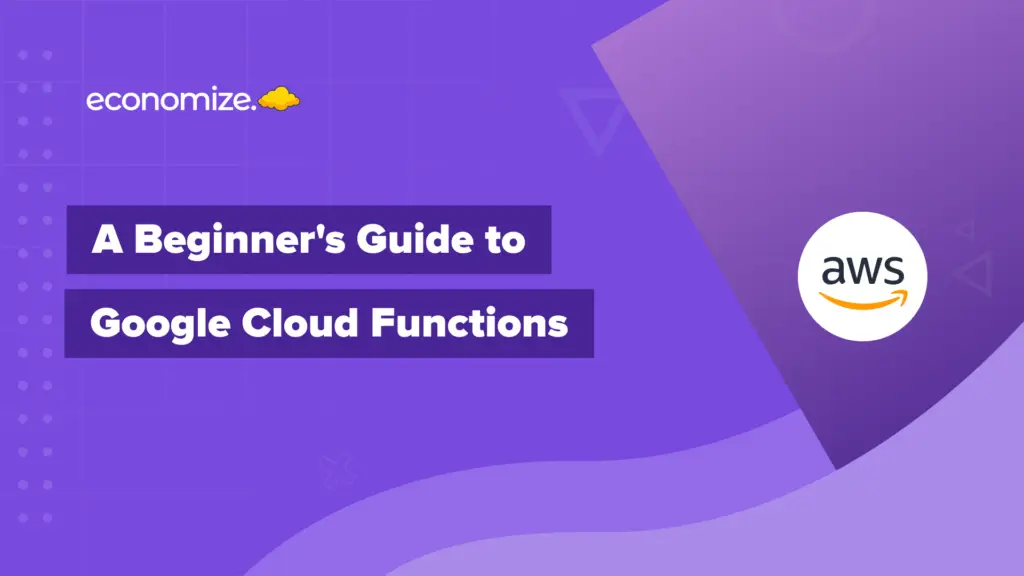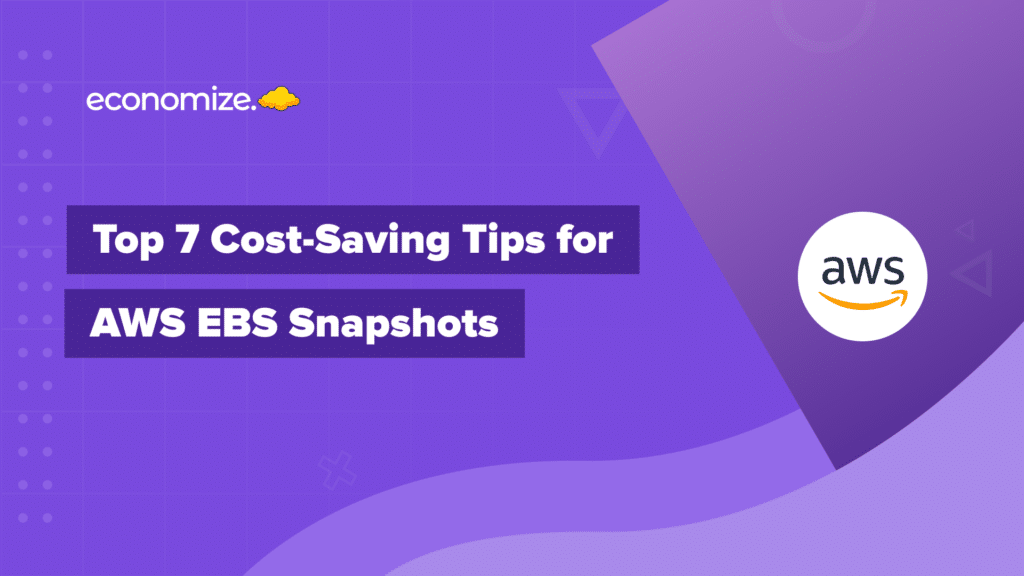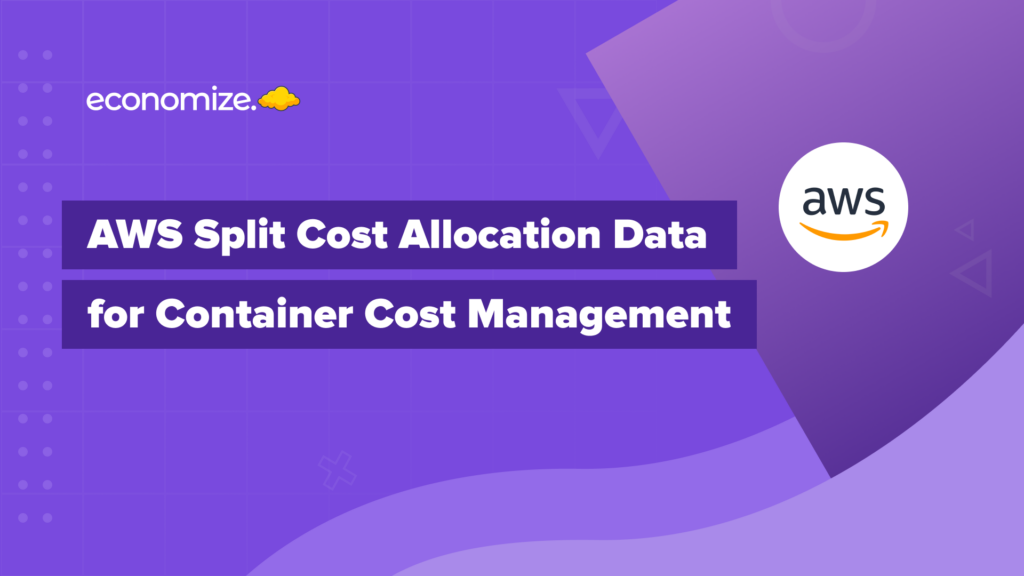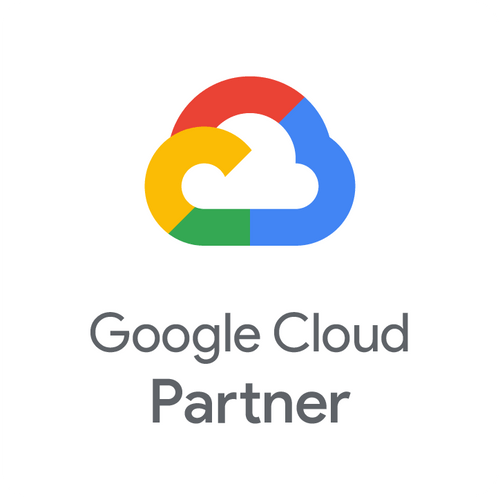For anyone using AWS, getting to grips with your monthly bill can feel like a puzzle, especially when you hit the ‘EC2-Other’ costs section. It’s a confusing category, where costs are decided by lumping together a bunch of different services that support your main EC2 instances.
What exactly falls under this category? How can you make sense of these costs, and better yet, how do you get a clear, itemized list you can actually work with? In this article, we’ll walk through what ‘EC2-Other’ costs really are and show you how to pull out a detailed breakdown, right down to the last cent, and get it all into a .csv file.
What are EC2-Other costs in AWS?
In the AWS ecosystem, “EC2-Other” costs are supplementary services to your main EC2 instances. They include all the additional services that your EC2 instances use to run effectively but are billed separately from the direct compute costs. Think of “EC2-Other” as a collective term for a variety of services that add functionality and performance to your EC2 instances.

These costs include storage through EBS Volumes, the safety net of EBS Snapshots, networking through services like NAT Gateway, and data transfer expenses. They also cover those smaller items that can go unnoticed, like charges for idle Elastic IP addresses. Together with the EC2-Instances costs, they complete the picture of what it costs to run your entire EC2 operations.
For in-depth pricing of data transfer costs, you can visit our article on ‘How to calculate AWS Data Transfer Costs with Cost Explorer‘.
EC2-Other Costs & Pricing Table
Here’s a breakdown of the most common “EC2 Other” costs and their minimum hourly rates.
| Usage Type | Description | Minimum Hourly Rate |
|---|---|---|
| EBS:VolumeUsage.gp2 | Charges for General Purpose SSD (gp2) volumes. | $0.10/GB-month |
| EBS:SnapshotUsage | Storage costs for EBS Snapshots. | $0.05/GB-month |
| CPUCredits:t2/t3 | Charges for CPU Credits on burstable performance instances. | Variable |
| NatGateway-Hours | Hourly charges for using NAT Gateway. | $0.045 per hour |
| DataTransfer-Regional-Bytes | Charges for data transfer within the same AWS region. | $0.02/GB |
| ElasticIP:IdleAddress | Charges for unattached Elastic IP addresses. | $0.005 per hour |
| NatGateway-Bytes | Data processing charges by NAT Gateway. | $0.045 per GB |
| REGION1-REGION2-AWS-Out-Bytes | Charges for data transfer out between different AWS regions. | $0.02/GB |
| REGION1-REGION2-AWS-In-Bytes | Charges for data transfer in between different AWS regions. | $0.01/GB |
| Public-IP | Costs for data transfer ‘in’ and ‘out’ from a public or Elastic IPv4 address. | $0.01/GB |
| VPC-Peering | Charges for VPC Peering connections within the same AWS Region. | $0.01/GB |
| Others | Additional costs that may arise from EC2-related services. | Variable |
Remember, these are just starting rates and can vary depending on your usage volume, region, and specific AWS pricing agreements. With the right insights, you can optimize these costs, for example, by releasing unattached IP addresses or choosing the right EBS volume type to match your exact needs without overpaying.
How to get EC2 Other Costs breakdown from AWS Cost Explorer?
To get a breakdown of your EC2-Other costs using AWS Cost Explorer, follow these steps:
1. Access AWS Cost Explorer: Log in to your AWS Management Console, navigate to the “Billing Dashboard,” and select “Cost Explorer.”
2. Set the Time Frame: Specify the time range you’re interested in examining. This can be anything from the current month, previous months, or a custom range that suits your analysis needs.
3. Filter by Service: Within Cost Explorer, apply a filter to view only EC2-related services. This will ensure that the breakdown you receive is pertinent to EC2-Other costs.
4. Group by Usage Type: To understand the components of EC2-Other costs, group your costs by “Usage Type.” This will separate out the various services that contribute to the EC2-Other bucket, like ELB hours or EBS volume usage.
5. Analyze the Data: With the data now grouped appropriately, you can delve into each category to see how much you’re spending on the respective services. Pay particular attention to any unexpected spikes in costs that could indicate an inefficiency or an area for potential optimization.

6. Export the Data: For further analysis or record-keeping, export the data. AWS Cost Explorer allows you to download the breakdown as a CSV file, which you can then analyze using spreadsheet software or other data analysis tools.
How to Calculate EC2 Pricing and Savings Plan Discounts
To calculate EC2 pricing and discounts effectively, understanding the potential cost savings over on-demand prices is crucial. Use our AWS EC2 Pricing Calculator to navigate your options and find tailored solutions.
- Initiate the Calculation: Access the calculator to kickstart your journey towards streamlined AWS cost management.
- Detail Your Requirements: Specify your instance type, region, number of instances, and intended usage duration. These inputs are crucial for an accurate estimation.
- Discover Cost-Efficient Solutions: Our calculator contrasts the estimated monthly costs across on-demand, 1-year, and 3-year commitment pricing, guiding you to the most efficient configurations for your scenario.
- Informed Decision Making: Equipped with precise calculations, decide on the optimal AWS EC2 commitment that aligns with your budgetary and operational blueprints
Conclusion
Regularly reviewing your ‘EC2-Other’ costs is crucial. It allows you to keep your cloud budget aligned with your actual usage and needs. Moreover, exporting this data for a deeper dive not only assists in financial reporting but also in forecasting and planning for future cloud expenditures, a crucial FinOps strategy.
Looking to save on AWS costs?
As cloud resources become increasingly integral to business operations, ensuring fiscal discipline through effective AWS budgeting will only grow in importance. If your organization is facing high AWS expenditure, book a free demo with Economize today and see how we can help you save up to 30% costs within 10 minutes.









